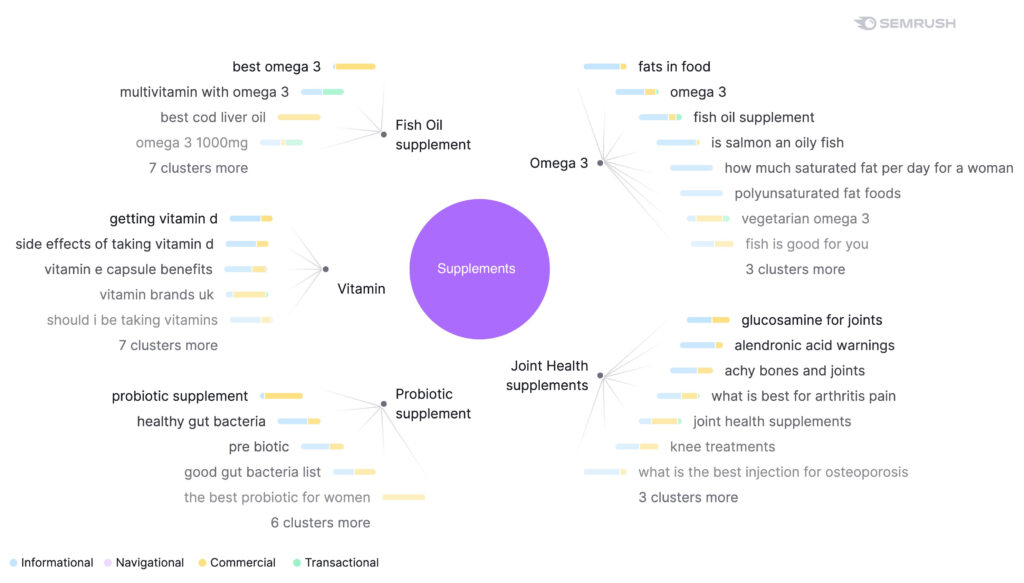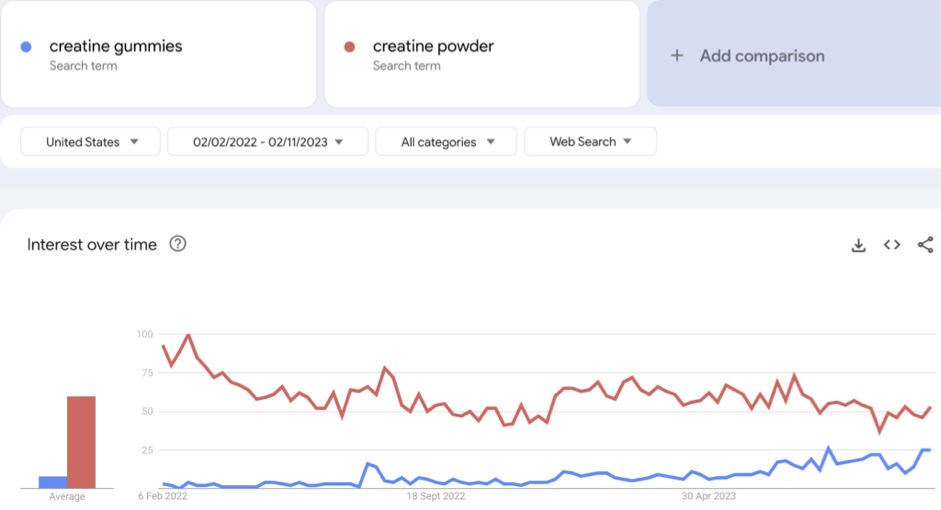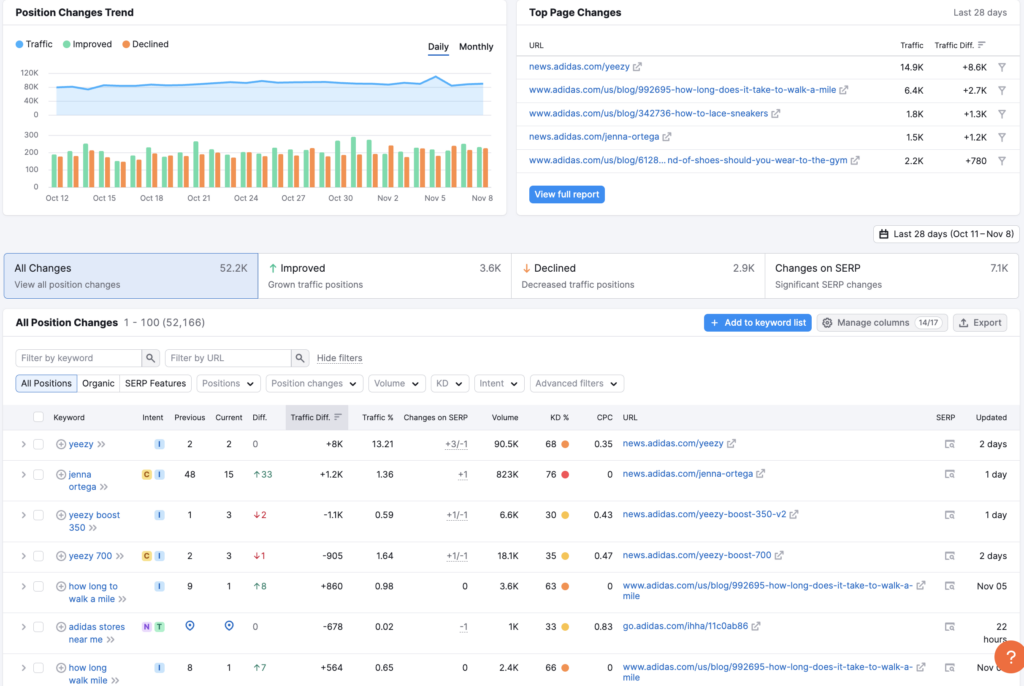While there’s no denying that content can be a great addition to your business, it can quickly become outdated, which in turn can hinder your brand’s online presence. Managing and refreshing legacy content is crucial for maintaining a strong and relevant digital footprint. In this blog post, we’ll explore six strategies for breathing new life into outdated content, ensuring it remains valuable, up-to-date, and aligned with your business objectives.
Why is it important to update website content?
Refreshing content is key to remaining competitive, enhancing user experience, and improving search rankings. It allows your brand to adapt to new trends, correct mistakes, and provide the latest information to your audience. It can also attract more traffic and lead to increased engagement. Recognising the importance of updating website content is vital in the success in ever-changing digital landscape.
How do you find the quick wins and avoid irrelevant content?
To get buy-in from your boss, focus on identifying quick wins that can significantly increase your rankings with minimal effort. Here are some strategies for pinpointing opportunities and increasing the relevance of your content:
- Content organisation and topic clusters: Organise your content into themes to find areas with the most potential for quick wins and increased engagement.
- Outsourcing to SEO content agencies: Partner with experienced content agencies to update and refresh your content at scale.
- Collaborative efforts with SMEs: Collaborate with subject matter experts to gain insights and enrich content.
- The ‘Keep it,’ ‘Update it,’ and ‘Bin it’ Method: Categorise content into groups to prioritise updates effectively.
- Use Google Search Console: Use this tool to identify underperforming content.
How do you monitor the changes and update your website content if needed?
To improve your search engine visibility, you need to monitor your visibility, rankings, and traffic, and act on the insights as soon as you have them. Here are some strategy ideas to keep your content fresh and engaging:
- Monitoring topic evolution: Stay on top of industry trends and shifts in user interests.
- Tracking keyword rankings: Use keyword monitoring tools to identify high-performing keywords and optimise your content accordingly.
- Maintaining relevance: Analyse user intent and industry shifts to make sure your content stays relevant.
- Understanding data from content refresh: Analyse web analytics to identify underperforming areas and improve them.
- Ensuring factual accuracy: Regularly fact-check content to make sure all the information is accurate, to enhance trust and credibility with your audience.
Now let’s explore these strategies in more detail, with examples and practical tips for each one, to help you update your website content in the most effective way:
1. Content organisation and topic clusters
One way to handle outdated content is to organise it into topic clusters or themes. By categorising and prioritising your content, you can focus your efforts on the areas that offer quick wins, improved rankings, and increased engagement.
If your content isn’t already grouped into clusters, now’s the time to do it. First, make sure your content strategy aligns with your business goals. Consider partnering with experienced content agencies like Key Content to improve your strategy. Organise your content into clusters that align with your business objectives, and prioritise creating and updating content in themes that are strategically significant and already perform well in search rankings.

2. Outsourcing to SEO content writing agencies
In some cases, the sheer volume of legacy content can overwhelm your in-house team. This is where outsourcing to agencies with experience, scale, and speed can be a good option. By partnering with professionals who specialise in content transformation, you can take advantage of their expertise and resources.
Imagine you’re managing a global e-commerce platform with thousands of product descriptions in multiple languages, and your in-house team is struggling to keep up with updates. In this case, outsourcing to agencies could be the way to go. These agencies specialise in content and have the resources to efficiently update, optimise, and refresh your product descriptions.
At Key Content, with our extensive network of over 5,000 content experts, we can quickly update thousands of pages in multiple languages. This ensures your website remains competitive and user-friendly, offering customers the latest and most accurate information.
3. Collaborative efforts with subject matter experts
To update and enrich your outdated content, consider collaborating with subject matter experts (SMEs). These experts can provide fresh insights and a deeper level of expertise that enhances the value and relevance of your content.
By collaborating with SMEs, you can harness their knowledge in multiple ways, to gain insights into emerging trends and to leverage their expertise for on-page optimisation.
For example, if the SME tells you about upcoming legislative changes, you can use this information to update or create new content in that area. You can also optimise your existing content by adding quotes from the SME, to improve the authority of your content in the eyes of Google. This multifaceted approach not only enriches your content but also boosts its visibility and trustworthiness for both your audience and search engines.
4. The ‘Keep it,’ ‘Update it,’ and ‘Bin it’ method
Categorising your content into three groups – ‘Keep it,’ ‘Update it,’ and ‘Bin it’ – streamlines the management process. This method ensures you prioritise your efforts, updating content that provides value and removing content that is no longer relevant.
- Keep it: This category is for content that’s regularly updated, remains relevant to your business goals, and performs well in search rankings.
- Update it: Use this category for thin or outdated content. It’s also suitable for situations where you have multiple articles targeting the same topic or keyword – consider consolidating these pieces. It could also include articles that hold the potential for quick wins with just a few tweaks.
- Bin it: Content in this category is beyond saving; it’s either no longer relevant or is best to start from scratch.

Pro tip: Google Search Console is a valuable tool for pinpointing outdated or underperforming content on your website. By leveraging its insights, you can identify and prioritise updates effectively.
Step-by-step instructions for utilising Google Search Console:
- Access Google Search Console and navigate to the “Search Results” section.
- Select the largest date range available to gather comprehensive data.
- Click on “Pages” to view a list of indexed pages.
- Use the country selector to choose the country relevant to your target audience. A new filter will be created.
- Include the following metrics: “Average Position”, “Total Impressions”, and “Total Clicks”.
- Utilise the “page” filter to focus on specific pages or articles by inserting keywords like “blog” or similar.
- Click on the “average position” to identify content ranking between positions 11-40. These pages are close to ranking well but not on the first page. Look for those with high impressions and a low click-through rate, as they require optimisation to improve their performance and reach the first page of Google.
5. Discovering trending and relevant topics
Staying ahead of the curve means identifying trending topics before they flood the market. Engaging with SMEs and conducting content forecasting allows you to create and update content on emerging subjects, positioning your brand as a thought leader. Here are some additional tips on how to stay relevant and engaging.
Monitoring topic evolution:
- Keep a close eye on industry developments and changes in user interests. Understanding how topics are evolving is essential to maintaining content that resonates with your audience.
You can use Google Trends to track down emerging trends related to your brand’s field. Suppose you’re operating in markets known for their slower adoption of trends compared to the US. In that case, you might explore the rising trending topics in the US market. This approach can provide valuable insights on trends that are likely to gain traction in your local market soon. By actively monitoring these shifts, you can adapt your content strategy to stay ahead of the curve. In the example below, you can see the interest in creatine gummies in the US rising significantly towards the end of 2023, compared to consistent, high interest in creatine powder. As a retailer, you could take advantage of the rising trend and update your content accordingly for the US market, as well as expecting similar trends in other markets.

Tracking keyword rankings:
- Utilise monitoring tools like Google’s Keyword Planner or SEMRush to track keyword rankings. This allows you to find out which keywords are performing well and which ones may need optimisation. Use these insights in your strategy to make sure your content is aligned with what your target audience is searching for.
Example: Let’s say you are a sports watch brand running a fitness blog, and you have a popular article about “Effective Cardio Workouts.” By regularly tracking keyword rankings, you see that the keyword “HIIT cardio workouts” is gaining momentum and ranking well in search results. Recognising this trend, you can update your existing article to include a section on “HIIT Cardio Workouts,” making your content more relevant.
Here, you can see a sample SEMRush dashboard illustrating Position Changes.

Maintaining relevance:
- Context is crucial. Make sure your content aligns with current trends, industry shifts, and user expectations. Analyse user intent and stay up-to-date with the latest developments in your field to keep your content relevant.
Example: If you manage an e-commerce site selling fashion products, you may have a product description page for a particular style that was popular a few years ago. By analysing user intent and the latest fashion trends, you discover that a new style or accessory has become highly sought after. To keep your content relevant, update the product page to highlight this new trend.
Understanding data from content refresh:
- It’s essential to understand the data associated with refreshed content. Analysing website analytics can provide valuable insights into the performance of your content. This data-driven approach allows you to find underperforming areas and focus your efforts on improving these sections.
Example: If you run a travel blog and recently updated a series of destination guides, you can analyse your website analytics to see how these refreshed guides are performing. By examining metrics like page views, bounce rates, and user engagement, you may find that one of the guides, such as “Exploring the Hidden Gems of Paris,” is underperforming compared to the others.
This data-driven approach allows you to identify specific areas within the guide that are not resonating with your audience. You may find that the information about lesser-known attractions in Paris is less detailed or engaging. Armed with this information, you can focus on improving these sections by adding more in-depth descriptions, vibrant images, and personal anecdotes, aligning the content with what travellers are looking for.
6. Ensuring factual accuracy across hundreds of pages
Maintaining factual accuracy is key, but when you’re dealing with hundreds of pages, it can be challenging. That’s why it’s so important to implement a systematic fact-checking process, use reliable sources, employ content verification tools, and seek expert input to verify information.
Example: If you’re a hotel located near the airport that recently underwent a major reorganisation, make sure all the information on your website, promotional materials, and booking platforms reflects the changes. This may include updating room descriptions, amenities, and services, as well as providing directions and transportation options for guests arriving at the airport. Regularly reviewing and updating these details will not only improve the guest experience, but also build trust and credibility with your customers, ultimately leading to increased bookings and positive reviews.
How often should you update website content?
There is no one-size-fits-all answer to the frequency of updating website content. The optimal update cadence varies based on factors such as industry trends, user engagement, and the nature of your content. However, by applying some of the proven strategies outlined above you’ll discover the right rhythm for your brand. These strategies provide a comprehensive framework for effective content management, ensuring your updates align with business goals and audience expectations.
Updating website content regularly: Conclusion
Maintaining a strong online presence requires more than simply creating content; you must also make sure that content remains relevant and aligned with your brand’s objectives. Don’t waste the old content you spent time and resources on — update it regularly instead. Ready to breathe new life into your content? Contact Key Content, the global content agency with a network of 5,000+ content experts worldwide and AI generation capabilities to resonate with both humans and search engines.



